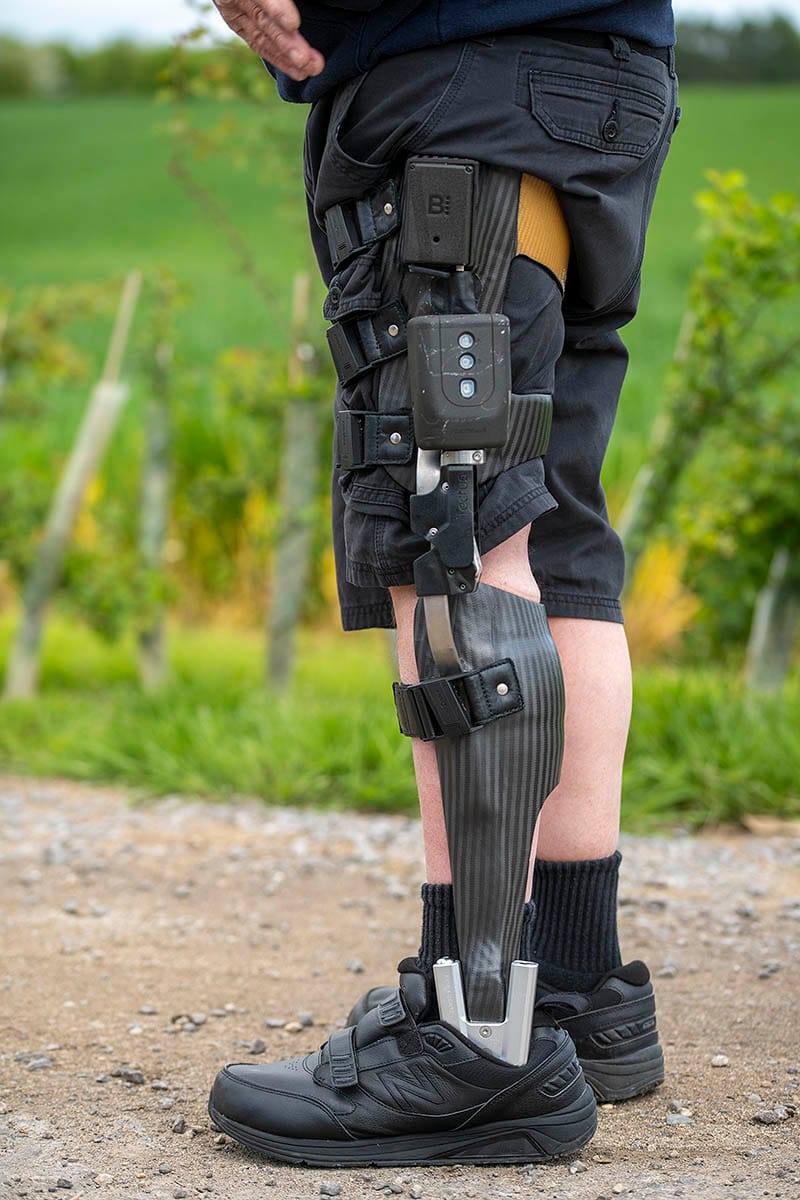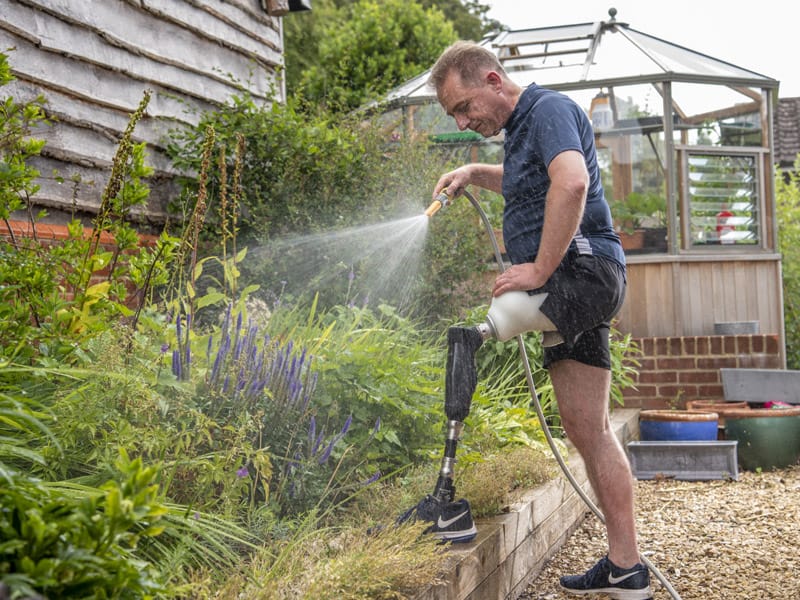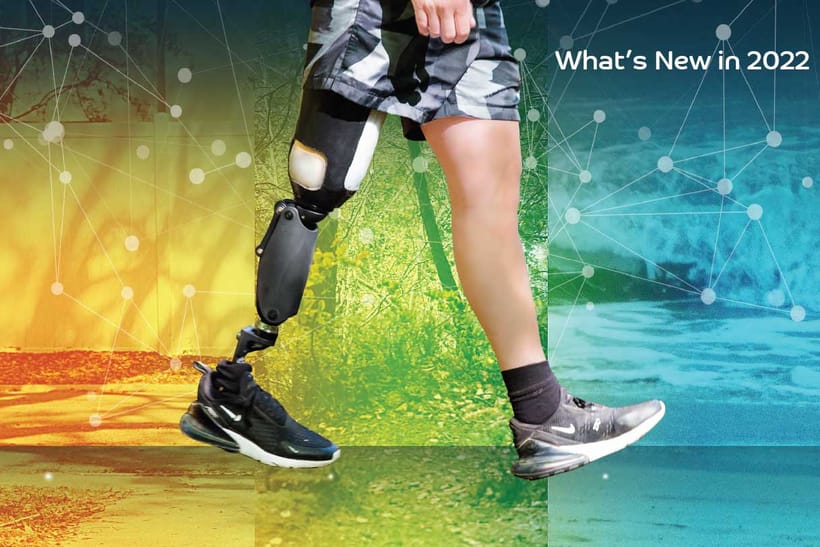World STOP Pressure Ulcers Day
Posted on 16 November 2017
November 16th 2017 is World Stop Pressure Ulcers Day. This is the day, clinicians, hospitals and medical device suppliers work together to raise awareness of pressure ulcers to the public, professionals and politicians. Blatchford is proud to support the Stop Pressure Ulcers campaign to help raise awareness of this important topic.
“Pressure ulcers are caused when an area of skin and the tissues below are damaged as a result of being placed under pressure sufficient to impair its blood supply” (Nice, 2014). This typically occurs over a bony prominence, as a result of pressure or pressure in combination of pressure and shear (EPUAP et al, 2014).
Individuals with restricted mobility are at risk of developing a pressure ulcer due to the reduction in the ability to change position or move away from a mechanical force. There is also an increases risk associated with some medical conditions. This is due to a reduction in the skins ability to tolerate mechanical load, e.g. neurological condition, diabetes, presence of scar tissue etc. Both prosthetic and wheelchair/seating users can be at risk of developing a pressure ulcer.
In seating, the risk of pressure ulcers is reduced by ensuring the seat surface contours to the user’s body shape. This maximises the surface area over which the pressure is distributed, thus reducing peak pressures. This is one of the key goals of custom seating, alongside posture. Appropriate postural support can also reduce the risk of pressure ulcers, as it can spread load to other areas of the body such as the back and feet, and can reduce the risk of sliding in the seat, which is known to introduce damaging shear forces. In addition, where a high risk of pressure ulcers is identified, specialist pressure redistribution materials can be used.
In prosthetics, a limb needs to fit well to function effectively. However this can reduce air circulation, trapping heat and perspiration. A build-up of moisture can cause the skin to soften, making it more vulnerable to tissue breakdown when exposed to mechanical forces such as pressure or shear and scar tissue is particularly vulnerable to these forces.
The risk of pressure ulcers can be reduced by designing a socket that loads pressure tolerant areas and off-loads pressure sensitive areas, ensuring optimal socket fit. This not only increases comfort, it ensures even loading, and reduces peak pressures. Specialist liners can also help reduce shear forces by reducing pressure on the skin and offering breathability.
Healthy skin is critical for continued use of either a prosthesis or seating, as well as for the overall wellbeing of the individual which is why the consideration of preventing pressure ulcers is a key element in the design of mobility technology. By raising awareness of the impact of pressure ulcers on patient’s wellbeing, we can work together in the medical and care community to make them an avoidable condition.
Click here to read more about pressure ulcers and how to prevent them.
References
Bennett, g., Dealey, C., and Posnett, J. (2004). The cost of pressure ulcers in the UK. Age and Ageing, Volume 33, Issue 3, 1 May 2004, Pages 230–235.
European Pressure Ulcer Advisory Panel (EPUAP), National Pressure Ulcer Advisory Panel (NPUAP) and the Pan Pacific Pressure Injury Alliance. (2014). Prevention and treatment of pressure ulcers: Clinical Practice Guidelines. Cambridge Media.
Nice (2014). Pressure ulcers: prevention and management. Clinical guidance [CG179]. National Institute of Clinical Excellence.


